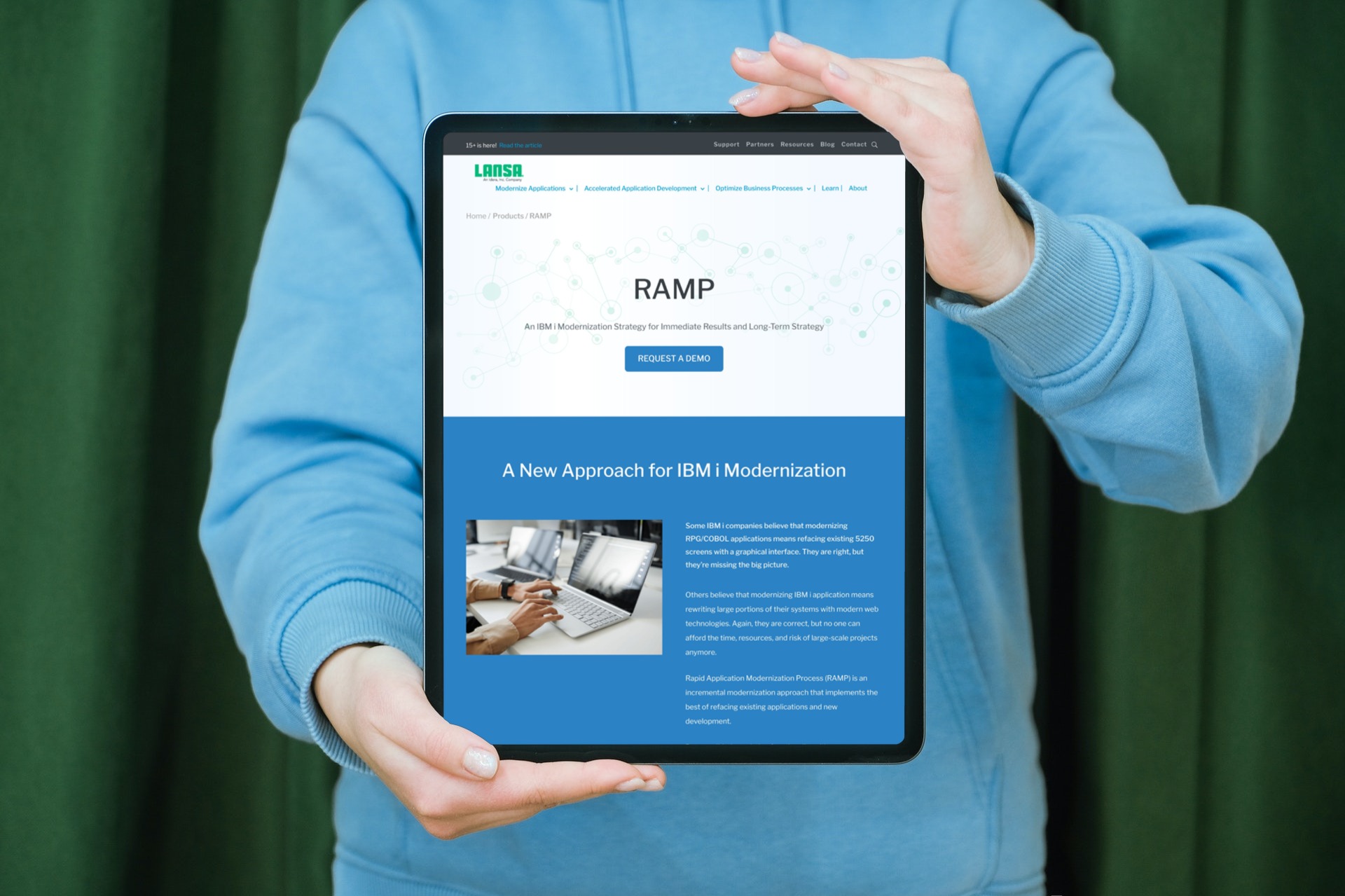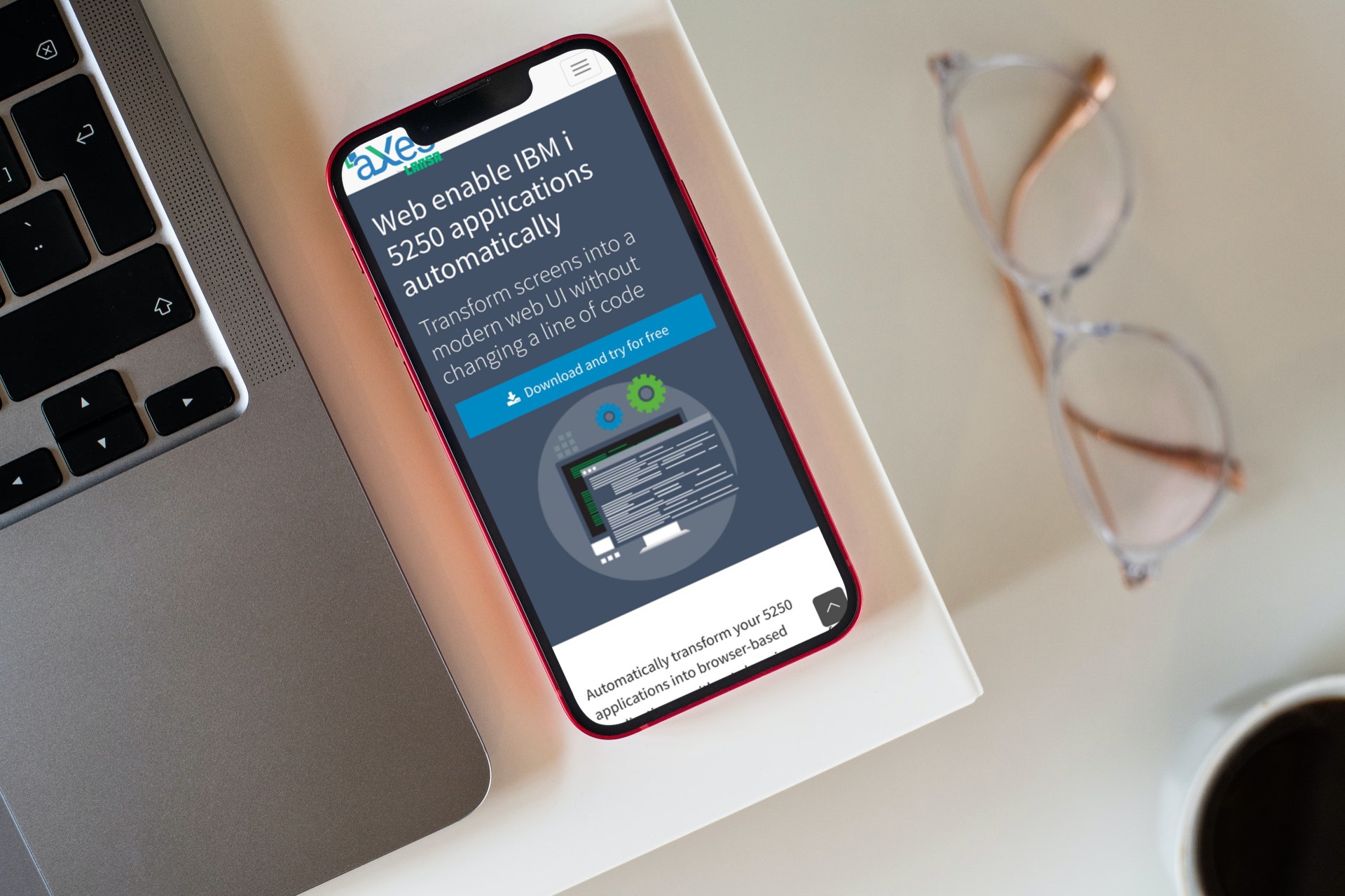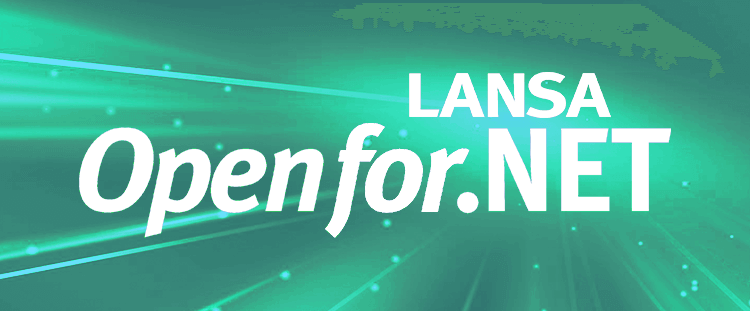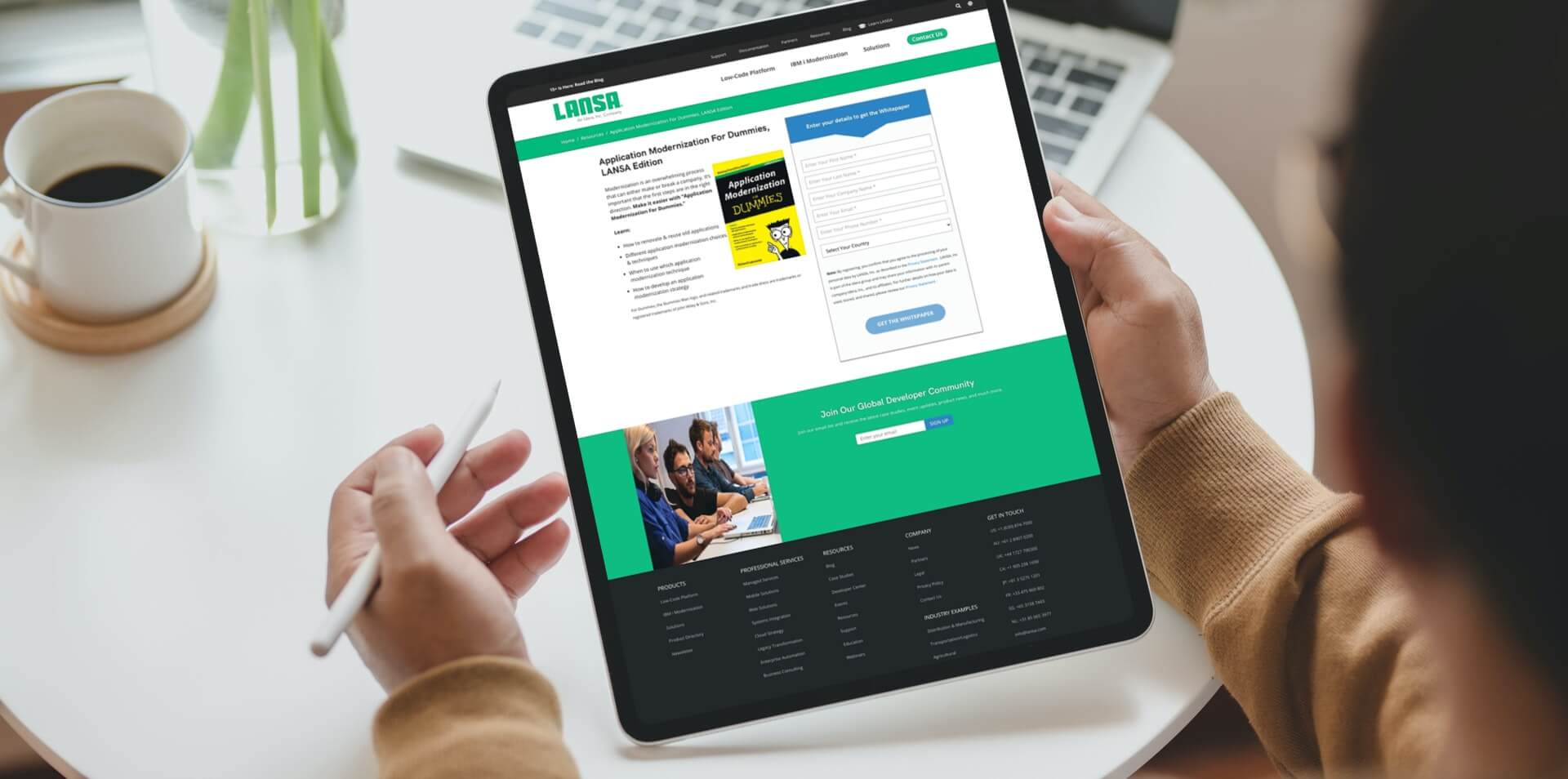Evolving From the IT Cost Center to the IT Innovator
(The original article appears in IBM System Magazine Power Systems)
While attending a conference, I engaged with attendees of an IT management track session. The exchange quickly turned interesting when we discussed a few key questions that most of us responsible for IT systems should be able to answer:
- What feedback would you hear from your corporate executive team if you asked its opinion of the IT department’s contribution to the company?
- What key deliverables and associated return on investment (ROI) are you expected to produce in the coming years for the IT budget you consume?
- What keeps you awake at night when you consider these questions?
Everyone’s answers were diverse and helped me to understand why certain IT teams have better peer recognition and achievement.
Some teams were seen as innovators and were closely aligned with evolving business requirements. Alternatively, other teams were fighting budget cuts and struggling to maintain existing systems support.
The problem
It has never become more clear that IT falls into one of two categories. While budget cuts are often influenced by a company’s success and future vision, some managers offered good advice on how to become an IT innovator versus an IT support center.
- IT support: those who primarily maintain legacy applications and operational environments. Cost control and maintaining the status quo are their order of the day.
- IT Innovators: those who have proven that technology can be a competitive advantage. They understand the need to innovate quickly and provide outstanding new customer experiences.
One is seen as a cost center to lock down, while the other is viewed as an innovator with appropriate project funding. The reasons IT departments evolve into one of these two states include the following:
- New application innovation – The ability to present new concepts and ideas, business impact, ROI and how to deliver these new capabilities.
- Support – The scope, complexity and reliability of existing applications and the associated cost and time to maintain them.
- IT resources and skills – The depth of application knowledge needed for ongoing support, and the ability to evolve with new software capabilities and best practices
- Internal perception – how people on the business side of the organization view the IT team’s ability to respond and meet new requirements. For example, if the CMO doesn’t get a desired solution from the IT team and obtains a solution from a third party, an innovation opportunity has been lost. You need a can-do attitude if you want to become an innovator.
- History – the history of previous projects and their perceived success or failure can cause some constraints and conflicts when trying to engage new ideas.
Most IT professionals understand best practices and standard IT processes, such as requirements gathering, prototyping new ideas, project management, agile or waterfall development, testing and deployment. If they have the basics covered, what prevents them from innovating, or delivering new applications or major enhancements?
The Solution
An IT team can get so embroiled in its daily tasks and weekly meetings that the support cycle starts to repeat itself. But teams that innovate have adopted the following eight best practices:
- Talk to the business. Be engaged with key departments, and understand their requirements. This can start from a general conversation at the coffee station to an in-depth research and analysis on issues where IT can help, add value and create an ROI.
- Learn how to pitch ideas. Always try to have a business sponsor on your team to support your plan.
- Think outside the box. You may not be able to complete IT projects based on internal resources alone.
- Carefully pick your application development stack. Avoid being driven by the programming wars of which language is best. In most cases, use tools that are fit for purpose, easy to learn, support the low-code development mantra and allow for the rapid development of new capabilities. For new projects, the capability to develop web and mobile apps is paramount.
- Sustain a master plan of how your enterprise IT applications should integrate. Avoid silos and data duplication to minimize ongoing support and maintenance.
- With new projects, create smaller, more achievable milestones instead of one huge project. Provide early visibility to new features and functions to sustain confidence and get buy-in from the user community.
- Make early successes visible and measurable. Steer clear of a technical project without any measurable wins unto itself.
- Focus on delivering new business process with modern, user-specific interfaces. The UI and experience are critical and must be designed to present the correct data in the correct format with easy and standard ways to navigate.
While this may seem obvious, most of us don’t make the time to do it. As business analysts and programmers we understand where bottlenecks exist, where a business process is too slow, or where customer service is suffering. From that pain point, find a business sponsor for support. Then propose a solution.
An array of options exists for developing and delivering that solution, including a stack of open-source technologies and a range of vendor supported development platforms designed to minimize development effort and maximize productivity.
Choose your development platform wisely:
- Not just for your initial projects, but also for potential projects down-the-line.
- Not just for building solutions, but also for efficient maintenance.
- Not just supporting a specific client device, but any mix of desktop, laptop and mobile devices.
- Not just supporting a specific browser, but compliant with multiple browsers (without you having to tweak the code for each browser).
- Not locking you in to your current server (or a vendor specific cloud), but executable on any hybrid mix of Cloud and on-premise platforms.
Thinking longer term and collaborating with the business will hopefully be the start of a trend where you become one of the IT innovators.
Learn why securing an IBM mobile application is so important and how it could drastically affect your organization’s IBM i application modernization.

























